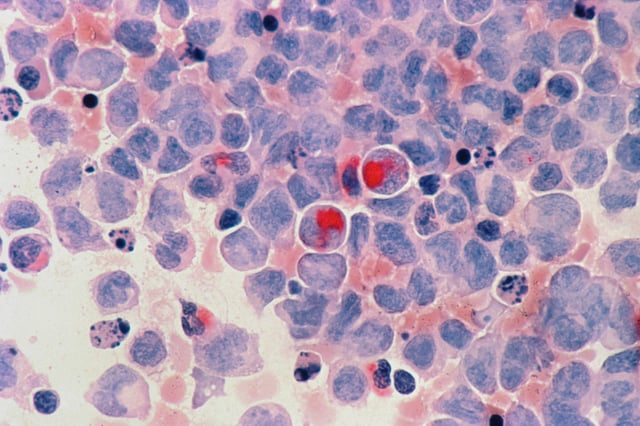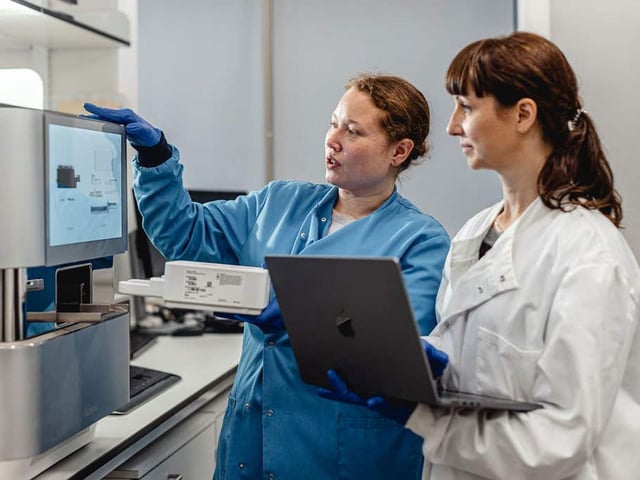Overview
- The molecular test detects minimal residual disease (MRD) in younger acute myeloid leukemia (AML) patients with NPM1 and FLT3 mutations, enabling earlier relapse identification.
- Results from UK NCRI AML17 and AML19 phase 3 trials (2012–2018) showed a 50% improvement in long-term survival when the test was used compared to standard monitoring.
- The test allows treatment to restart at an earlier stage, when patients are healthier, reducing emergency interventions and improving outcomes.
- Published in *The Lancet Haematology*, the findings have prompted collaboration with the NHS to roll out the test nationwide and integrate it into routine AML care.
- Researchers are exploring the test's broader application to other cancers, aligning with precision medicine initiatives to improve early detection and tailored treatments.


